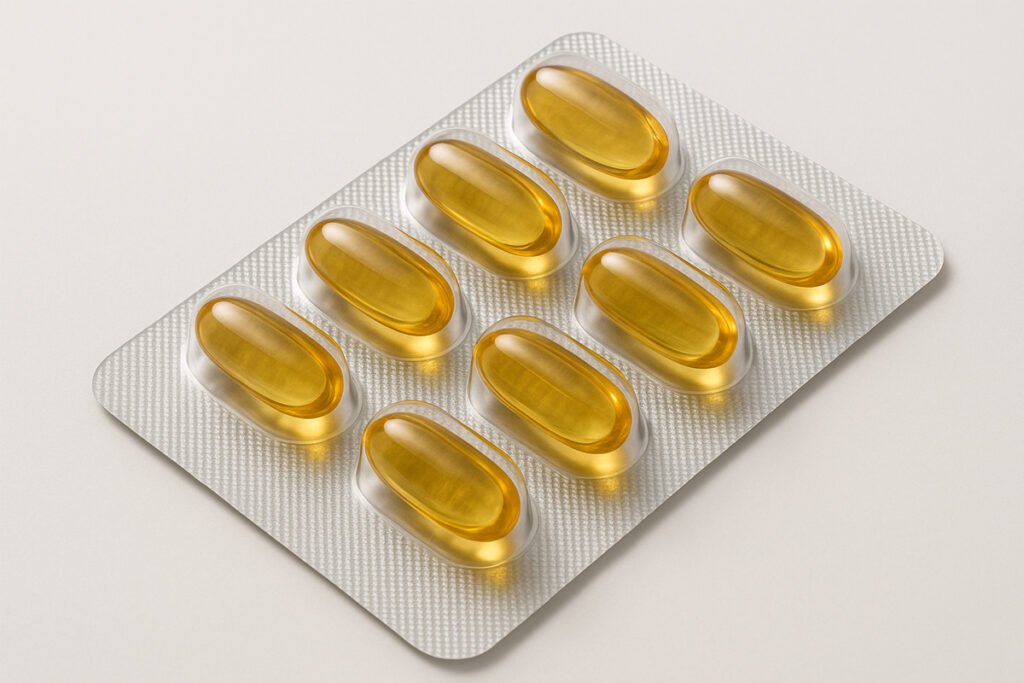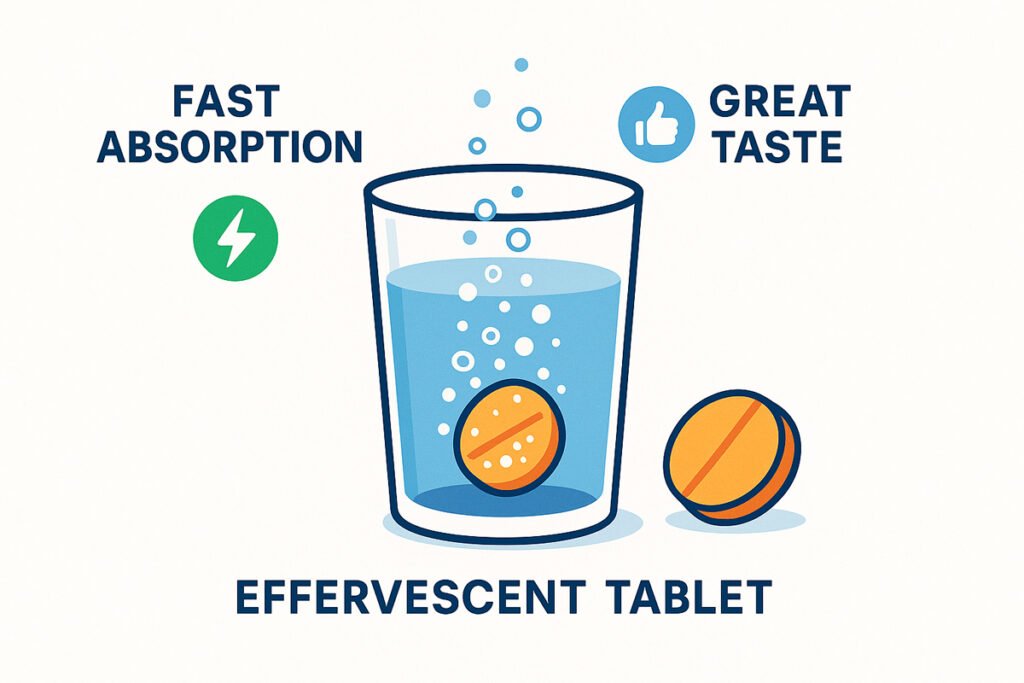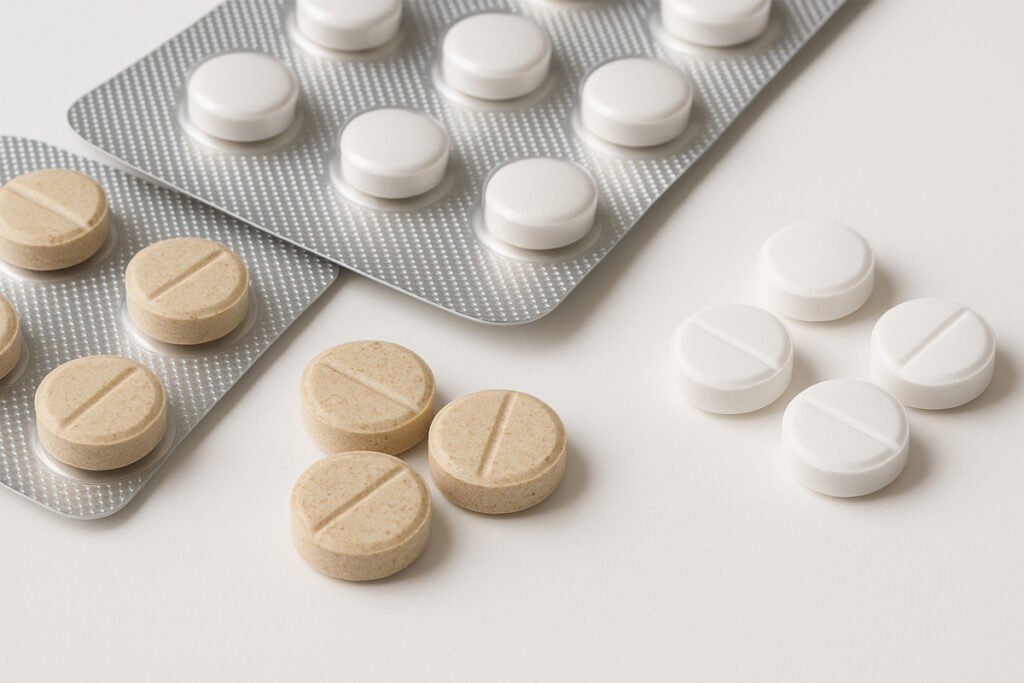What Are Softgels?
Softgels, also known as soft gelatin capsules, are a widely used oral dosage form that encapsulates liquid or semi-solid substances. They consist of a flexible gelatin-based shell surrounding a liquid fill, commonly used for ingredients like omega-3 fish oil, fat-soluble vitamins (A, D, E, K), herbal oils, and certain pharmaceutical actives.
Unlike Tablets or Hard Capsules, softgels are especially well-suited for oil-based ingredients or actives that require enhanced bioavailability. They are also ideal for masking strong tastes and odors, improving consumer experience.
Types of Softgels
Softgel capsules come in several types to meet different product requirements:
1.Standard Oil-Filled Softgels
-Contain oil-soluble ingredients such as vitamin E, fish oil, or Coenzyme Q10.
2.Enteric-Coated Softgels
-Designed to pass through the stomach and release contents in the intestine, useful for ingredients sensitive to stomach acid.
3.Vegetarian Softgels
-Made from plant-derived materials like carrageenan or modified starch, suitable for vegetarian and vegan markets.
4.Custom Softgels
-Offered in various colors, shapes, sizes, and with printed logos to support private label branding.
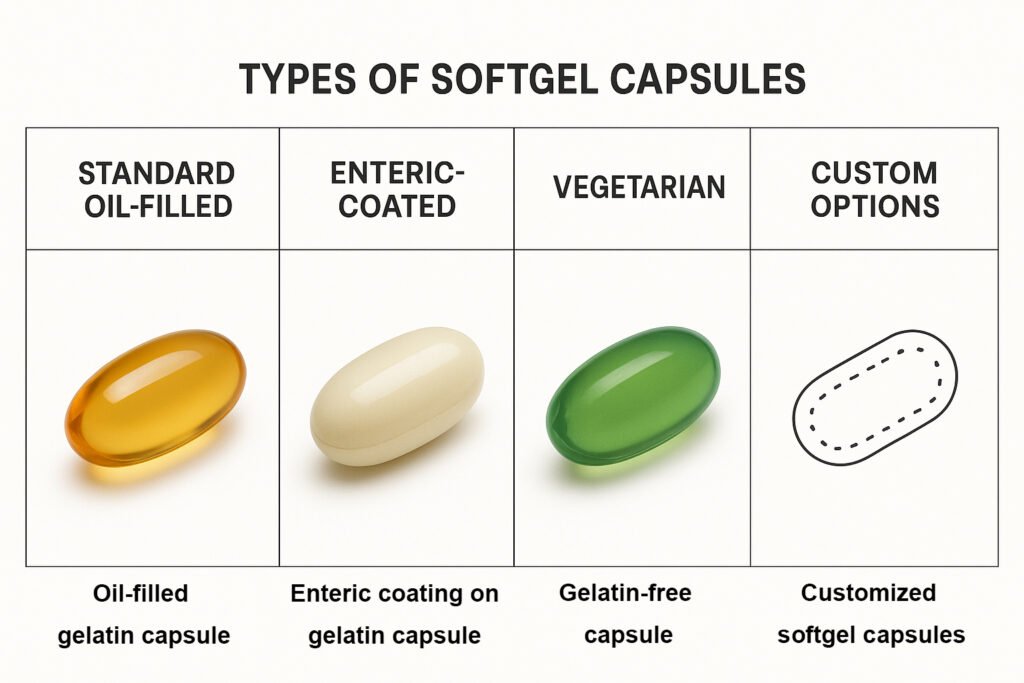
How Softgels Are Manufactured
The production of softgels requires specialized machinery and environmental controls. The process generally involves:
- Gelatin Preparation
Gelatin, plasticizers (like glycerin), and purified water are blended and heated to form a uniform gelatin mass. - Fill Material Formulation
The active ingredient is mixed with a carrier—usually oil or emulsified liquids—to form the inner fill. - Encapsulation
Rotary die machines inject the fill between two ribbons of molten gelatin, forming and sealing the capsule in a single step. - Drying and Curing
Capsules are dried under controlled humidity to achieve desired moisture content and firmness. - Inspection & Packaging
Capsules are tested for consistency, quality, and regulatory compliance before packaging.
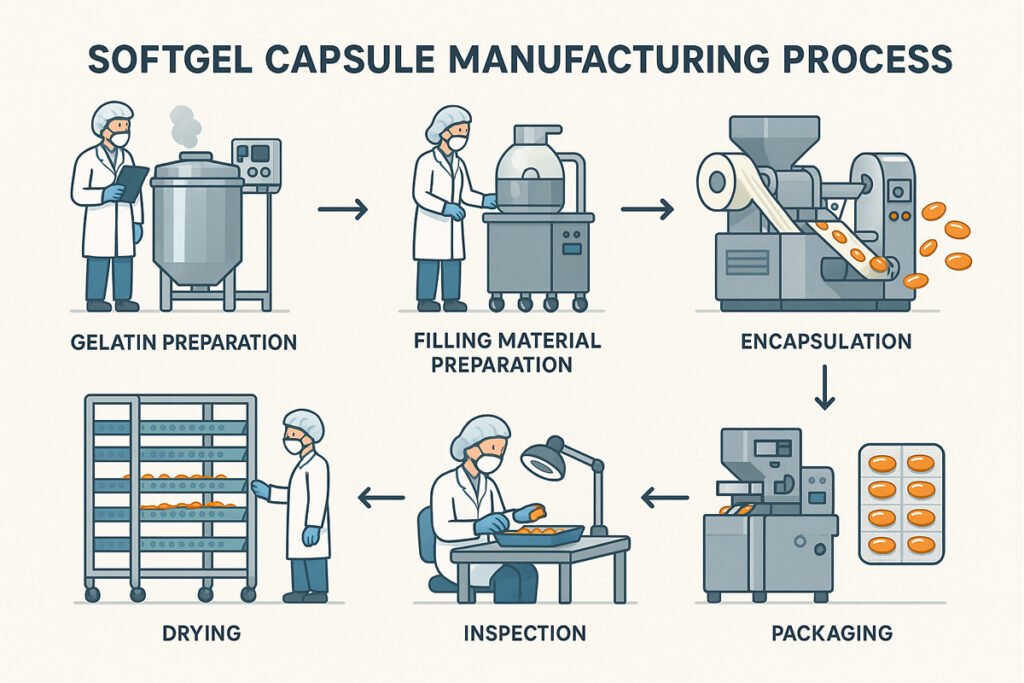
Advantages of Softgel Capsules
Softgels are a preferred choice for many applications due to the following advantages:
- Improved Bioavailability
The liquid fill allows faster absorption, especially for oil-soluble actives. - Easy Swallowing
Smooth, soft texture is easier to swallow than tablets. - Taste & Odor Masking
Effectively hides the unpleasant smell or taste of herbal extracts or fish oil. - Visual Appeal
Polished surface and transparency add a premium look. - Brand Customization
Available in tailored sizes, colors, and printed designs.
Use Cases in Nutraceuticals and Pharmaceuticals
In Nutraceuticals:
Softgels are widely used for dietary supplements such as:
- Fish oil and krill oil
- Vitamin D3, Vitamin E
- Evening primrose oil, garlic oil
- CBD oils (in regulated markets)
In Pharmaceuticals:
They are commonly used in:
- Hormone therapy drugs
- Immune-support formulas
- Anti-inflammatory agents
- Prescription-only products where dosage precision is critical
OEM and ODM Options for Softgel Products
If you are seeking a reliable manufacturing partner for softgels, you can benefit from a wide array of OEM and ODM services:
- Private Label Customization
Your brand logo, color, size, and packaging formats. - Custom Formulation
Tailored actives, dosage strength, and ingredient sourcing. - Flexible Batch Sizes
From small trial runs to mass production. - Packaging Options
Bottles, blisters, strip packs, sachets, and more. - Regulatory Compliance
GMP, FDA, ISO certifications to ensure market access globally.
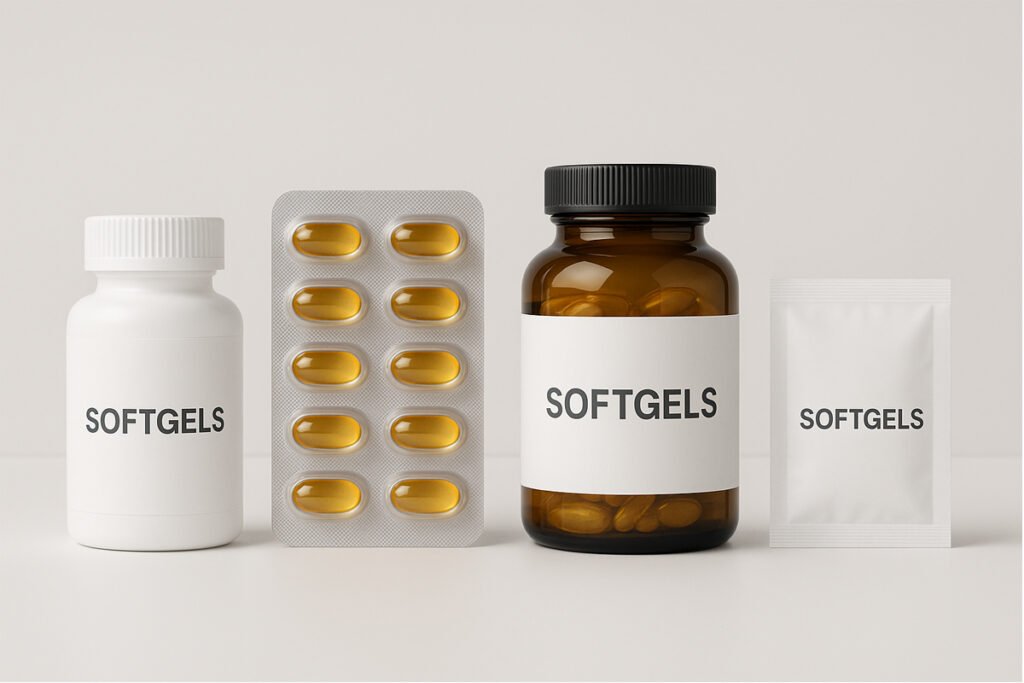
Trends and Market Insights
Recent developments in the softgel market include:
- Clean Label Demand
Consumers prefer gelatin without preservatives, allergens, or synthetic additives. - Vegan & Plant-Based Alternatives
Rising demand for vegan softgels drives innovation in plant-derived shell materials. - Regulatory Alignment
Ensuring compliance with FDA (USA), EFSA (EU), TGA (Australia), and CFDA (China) standards is essential for global distribution. - Functional Combinations
Multi-ingredient blends (e.g., Omega-3 + Vitamin D) in a single softgel improve efficiency and consumer value.
Conclusion
Softgels remain a powerful and versatile dosage form, especially for oil-based actives and customers looking for high bioavailability and appealing presentation. Whether you’re in the nutraceutical or pharmaceutical space, understanding how softgels are made, used, and customized is key to delivering value to your market.
By partnering with a qualified OEM/ODM manufacturer, your brand can bring innovative, regulatory-compliant, and high-quality softgel products to market faster and more effectively.

